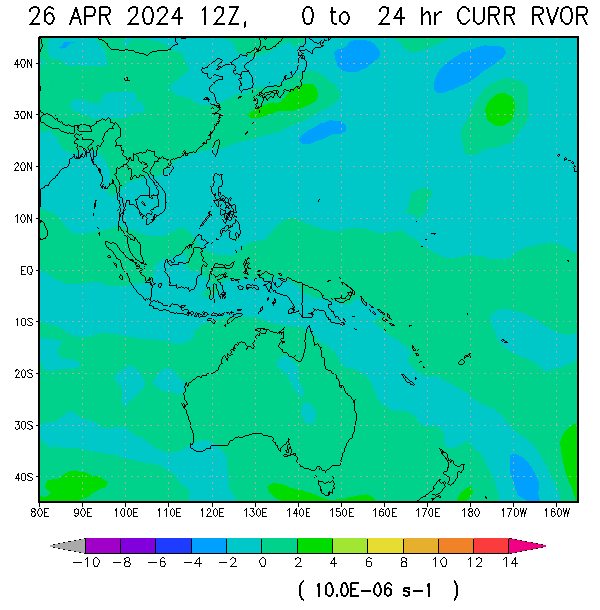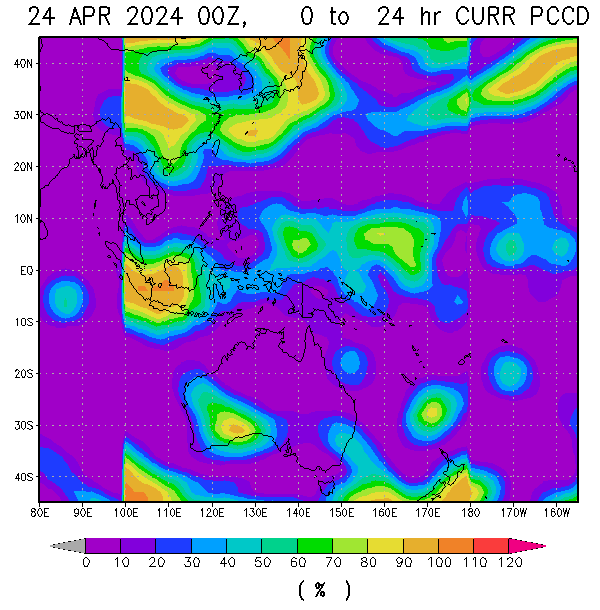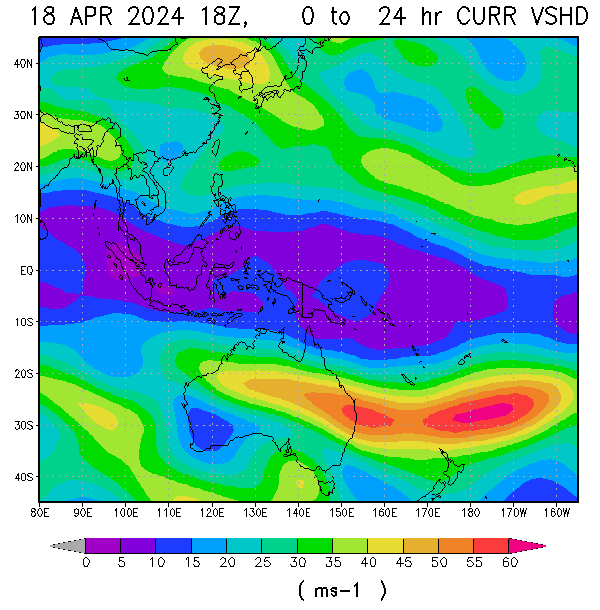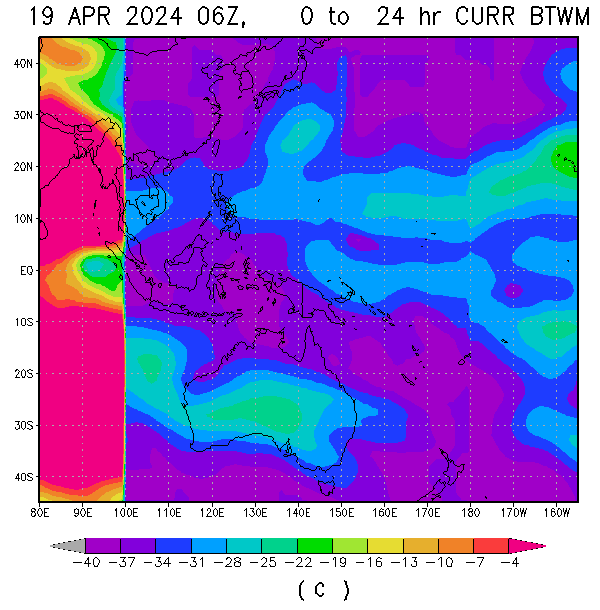List of Figures
|
| ||||
|
| ||||
|
| ||||
|
| ||||
|
| ||||
| |||||
- 2010-11 la nina is considered as one of the strongest and ranked number two between 1917-18, 1975-76, 1988-89 and 1998-2000.
- -1.4C as of October-December anomalies.
- Southern Oscillation Index (SOI) remains strongly positive at +26.2 during this month (January). SOI since april of 2010 were consistently positive. December 2010 SOI at +27.1, the strongest since June 1950 SOI of +26.9.
- 150m Depth-average temperature anomaly (see figure above) shows higher at +4.0C observe along Western Pacific (130-140E) while lower at -4.6C over Eastern and Central Pacific.
- Thermocline (Depth at which the rate of decrease of temperature with increase of depth is the largest) indicates (see figure above) a +4.5C high anomalies over Western Pacific with cooler at -5.1C over Central Pacific.
- OLR (Outgoing longwave radiation) were negative over Philippines and Maritime continent, indicating that enhance rainfall persisted over the area.
Time Series along 100-150N (WESTERN PAC II: 100-120N/SOUTH CHINA SEA, WESTERN PAC III: 120-150N/PHILIPPINE SEA)
- 850hpa Circulation: Above average over near western Philippines as near normal over the other side.
- Sustained convection: Above average over both side of western pac II and III.
- Vertical Shear: Below average over Western pac II as above average over III.
- Instability: Above average over western Pacific II (produces more enhance thunderstorm) as below to near average over the other side.
- Moisture over Mid and upper level: Well above average over Both side.
- Horizontal divergence: near normal over South China sea as Above to near normal average over Philippine sea.
- Surface Pressure: Lower surface Pressure over Both side.
FUTURE FORECAST
- Monsoon break expected within the next 2-3 weeks after series of incessant rain over Philippines that resulted to flooding in different parts.
- Warmer SST over Philippine sea expected to pump more moisture over the country.
- This allow some convective formations linger each time frontal system appears.
- February to mid- march is expected to be warmer with some instance of rainshower and/or thunderstorms in other area.
- Mid- march to April, possible early transition towards rainy season as solar heating (due to longer day and shorter night) expected to pump more moisture over Philippines atmosphere and perhaps saturates quickly as mid- and upper level are completely saturated if current condition considered.
- This considers the early arrival of pre-summer thunderstorms.
- Tropical cyclone formations are possible during summer months (February-April).
- Possible stronger Rainrate during southwest monsoon as lifespan of every convections to develop will be longer during the said period.
- F0-F1 tornadoes also possible during rainy season (2008-09 moderate la-nina triggered series of tornadoes that touched down during strong monsoonal weather).
SUMMARY
Wet summer season is expected this year considering the current conditions mentioned above. This year is going to be the wettest since the last strong la-nina (1988-89). SOI index becomes strongest at +27.1, (Sustained positive SOI are associated with stronger trade winds and warmer than normal SST north of Australia, also known as La-nina episode while Sustained negative SOI are known to be El-nino episode) which resulted to flooding over Queensland, Brisbane due to above rainfall.
More strong to intense thunderstorms that might results to hail and even tornadoes expected mostly during pre-monsoon season.
Typhoon season on the other hand will become active after a record breaking last year of few tropical cyclone formation (14 named tropical cyclones).
Number of Tropical cyclone usually grew more in numbers mostly during la-nina and post la-nina
Chances of more tropical cyclones expected to hit land are good during early season (may-june) coming from South china sea.
During October-December, based on other la-nina years, most strong tropical cyclones developing and eventually most of them hitting land over Southern and Central Luzon including Bicol down to Visayas.
JUST VOTE OR COMMENT FOR FEEDBACK























1 comment:
Any chance of some photos and a little piece about why? Why damn it? Why?
I'm still in a state of shock & I had wellies & a coat. I fell face first into it & I had a small wee down my very own leg. I'm still disturbed.
I found a little piece of mud stuck to the back of my earing last night & I cried.
Drainage my arse.
Post a Comment